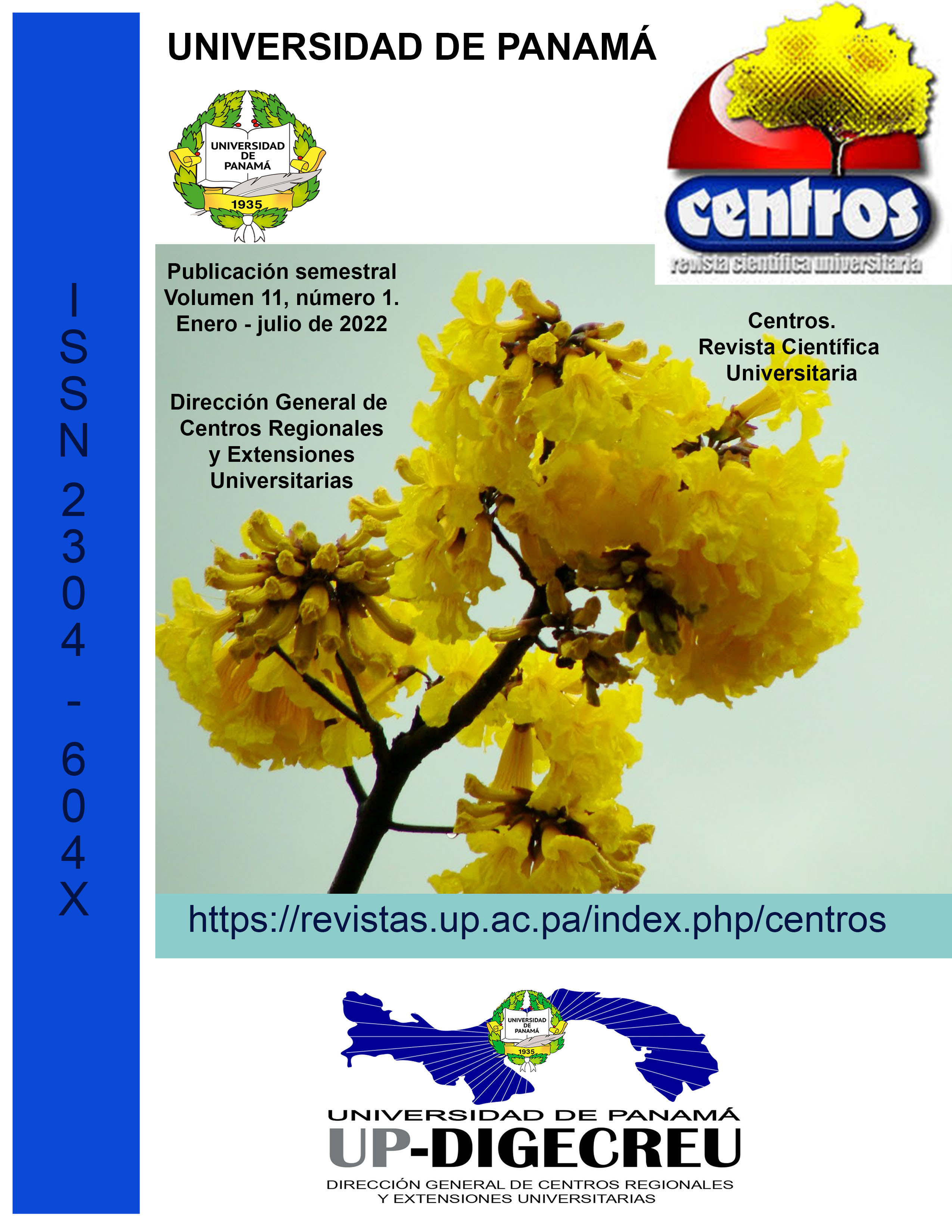Citas
ANAM y CBMAP. (2004). Plan de manejo del Humedal de Importancia Internacional San San Pond Sak. Panamá.
Chamorro, L., Lombana, P. y Monterrosa, J. (2013). Macromicetos presentes en el bosque seco tropical de los montes de María, municipio de Colosó– departamento de Sucre (Tesis de pregrado en Biología). Universidad de Sucre, Sincelejo, Sucre.
Chaverri, P., Huhndorf, S., Rogers, J., y Samuels, G. (2010). Microhongos comunes de Costa Rica y otras regiones tropicales (Ascomycota, Pezizomycotina, Sordariomycetes). Common microfungi of Costa Rica and other tropical regions (Ascomycota, Pezizomycotina, Sordariomycetes). Costa Rica: INBio.
García, A. y Bolaños, A. (2010). Macrohongos presentes en el bosque seco tropical de la región del Valle del Cauca, Colombia. Revista de Ciencias Universidad del valle, 14, 45-54.
Guzmán Huerta, G. y Piepenbring, M. (2011). Hongos de Panamá. Xalapa (Jalapa), Mexico: Instituto de Ecología
Halling, R. E., y Mueller, G. M. (2005). Common Mushrooms of the Talamanca Mountains, Costa Rica. New York: The New York Botanical Garden Press.
Kappelle, M., Van Vuuren, M. M. I., & Baas, P. (1999). Effects of climate change on biodiversity: a review and identification of key research issues. Biodiversity and Conservation, 8, 1383-1397.
Lindblad, I. (2001). Wood-inhabiting fungi in primary and secondary seasonally dry tropical forest, Costa Rica. In I. Lindblad (Ed.), Diversity and distribution of Wood-inhabiting Basidiomycetes on decomposing logs-examples from tropical and boreal forests (pp. 1–23). Norway: University of Oslo.
Lodge, J., Ammiraati, J., O?dell, T., Mueller, G., Huhndorf, S., Wang, C. J., Stokland, J., Schmit, J., Ryvarden, L., Leacock, P., Mata, M., Umaña, L., Wu, Q. F. & Czederpiltz, D. (2004). “Terrestrial and Lingnicolous Macrofungi”. En Mueller, G. M., Bills, G. F. y Foster, M. S. (Ed.). Biodiversity or fungi: inventory and monitoring methods. (127-158). Elservier
Mata, M. (1999). Macrohongos de Costa Rica. Trad.E. Lewis.1ed. Costa Rica. Instituto Nacional de Biodiversidad (INBio). 253p.
Mueller, G. M., Bills, G. F. y Foster, M. S. (Ed.). (2004). Biodiversity or fungi: inventory and monitoring methods. Elservier.
Mueller, G. M., Halling, R. E., Carranza, J., Mata, M., y Schmit, J. P. (2006). Saprotrophic and Ectomycorrhizal Macrofungi of Costa Rican Oak Forest. In M. Kappelle (Ed.), Ecology and Conservation of Neotropical Montane Oak Forests (pp. 55–68). Berlin: Springer-Verlag.
Palacio, M. y Gutiérrez, Y. (2013). Inventario de macromicetes (Fungi) del santuario de vida silvestre Los besotes, Valledupar, departamento del Cesar, Colombia (Tesis de pregrado). Universidad de Antioquia, Medellín, Antioquía.
Ryvarden, L. (1991). Genera of Polypores, nomenclature and taxonomy. Synopsis Fungorum 5. Oslo, Noruega: Fungiflora.
Whalley, A. J. S. (1993). Tropical Xylariaceae. Their distribution and ecological characteristic. In: Isaac, S., J. C. Frankland, R. Watling y A. J. S. Whalley (eds.). Aspects of tropical mycology. Cambridge University Press. Cambridge, USA. Pp. 103-120.

